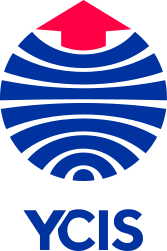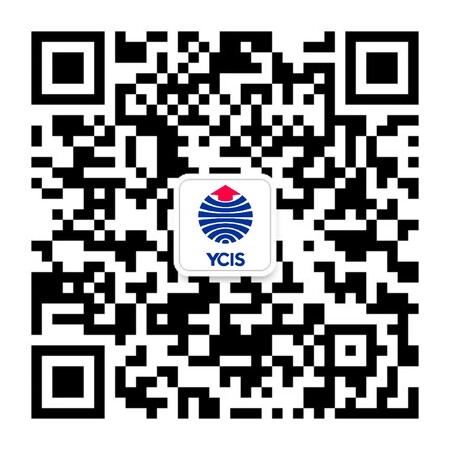Go Back
News
News
Allison Cusato: The Art of Making a Difference
News
16 Aug, 2017
10 : 00
With the beginning of the 2017-18 academic year, Yew Chung International School of Beijing has the pleasure of welcoming an enthusiastic team of new teachers from around the world to join our dedicated staff. In this week’s Teacher Profile, we got to know our new Secondary Art teacher Allison Cusato who offered us her first impressions of Beijing, how to encourage creativity in her students, and the September day that inspired her to quit her job and changed her life forever sixteen years ago.
Could you please introduce yourself?
I’m Allison Cusato, the new Secondary Art teacher at YCIS Beijing. I’m from the Washington D.C. area in the United States, where I was a teacher for 12 years.
What inspired you to become a teacher?
When I was in high school, my favourite place to go was the art classroom – so from an early age, I had the inclination to be a professional educator. Through university, however, life took me on a different path, and I began my career as a graphic designer. Everything changed for me in September 2001. I was working at a small office in Falls Church, Virginia, where I could see the Pentagon from my office window. Witnessing the September 11 attacks in person made me reconsider my life choices. I determined that I wanted to become a helper and to do something more personally meaningful, so I decided to go back to school and become a teacher.
How is your experience so far in Beijing?
Beijing has been great! It’s a beautiful city and is more amazing than I’d expected. I thought that it would be tight spaces and massive crowds on every corner, but there’s actually a lot of open spaces and it’s greener than I anticipated. I haven’t felt claustrophobic at all. Surprisingly, I haven’t had any issues with communication either. I fear it may even be a little too easy. I’d love to learn Chinese while here, but if everyone keeps making it so easy for me to get around speaking English, I’m never going to learn anything! To be honest, the move was a little scary at first. I’ve always wanted to live abroad – rather than simply taking short holidays – but when I decided to move I didn’t foresee how many people back home were terrified on my behalf. I wasn’t anxious until I heard their worries for me! But after arriving, meeting my colleagues, getting settled into my apartment and visiting the school, I’m excited, and any anxiety from before has completely disappeared.
Tell us about your role at YCIS Beijing.
I’ll be teaching visual arts to Secondary students in Years 8-13 – so I’ll be teaching IBDP (International Baccalaureate Diploma Programme), IGCSE(International General Certificate of Secondary Education) and I’m also set up in the Year 6-8 Learning Community.
Regarding the Learning Community, we didn’t have this at my school in the US, so it’s a new model for me that I can’t wait to be involved with. I can already see the benefits it’ll bring both to students and teachers. As far as collaboration with teachers, I like being in a room with other people doing various things – we can connect with each other and see if there’s ways to align what we’re doing in the classroom. Bridging subject disciplines in this way makes education more meaningful for students, and the content will stay with them longer than if simply passed to them in isolation.
What is the best part about your job?
It’s the relationships. Working together, especially in art as an expressive medium, I can begin to see students’ perspectives, and they can see mine. We inspire each other. And for Secondary students, adolescence and young adulthood can be an emotional and challenging time. Also, many students aren’t able or willing to communicate their feelings verbally. But art can be abstract, and protects students from judgment or criticism, so we’re able to connect in unique and meaningful ways.
Why do you think that art education is especially important for students in the 21st-century?
The world is changing quickly, and students need to be creative thinkers no matter what career field they choose. Creativity works hand-in-hand with problem-solving skills – which will help students to be leaders when they enter the workforce, rather than simply sitting back and letting others dictate what to do.
Could you please offer a few tips for parents on how to support and encourage creativity in their children?
Allow children to explore and develop skills without setting constraints on what they’re doing. It’s important to let children grow naturally and to allow them to explore without fear of failure. Even be careful with the words that you use when discussing children’s work – it’s possible to accidently box a child in. Frame your questions and comments in an open and positive way. For example, ask them to explain what they’re doing rather than framing their work against an expectation of being right or wrong.
What are three words that you’d use to describe yourself?
Caring, creative, and goofy.











